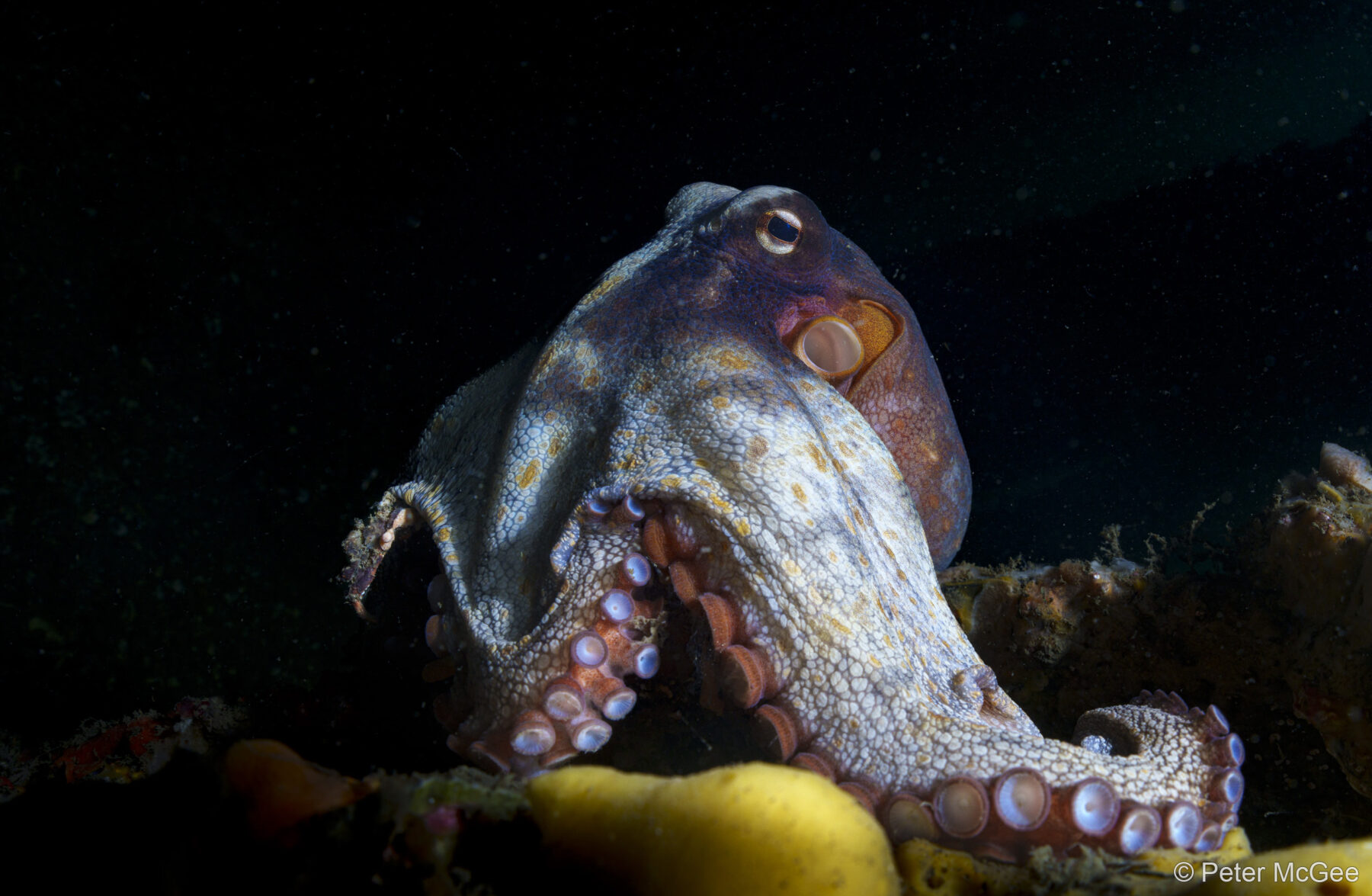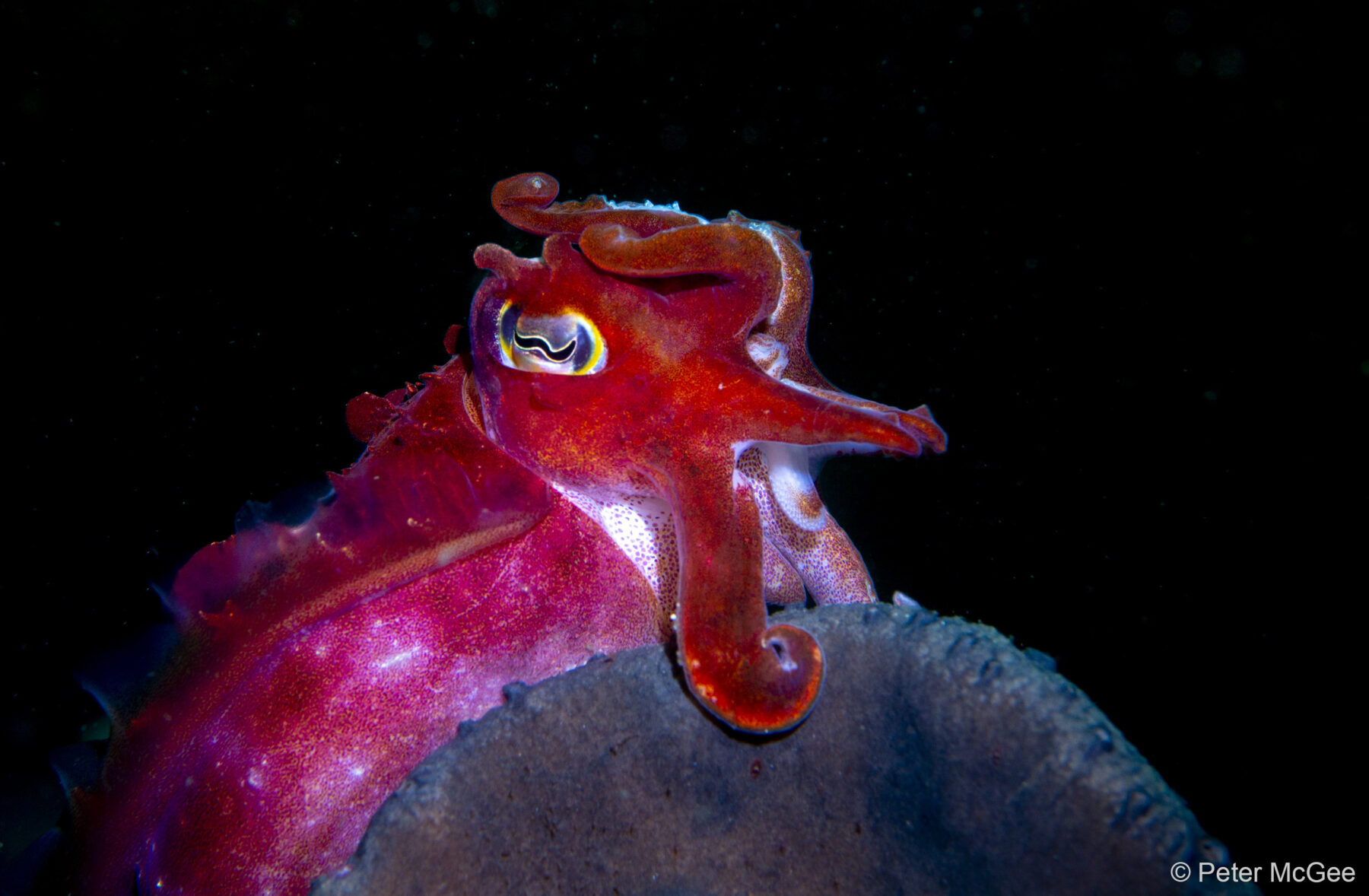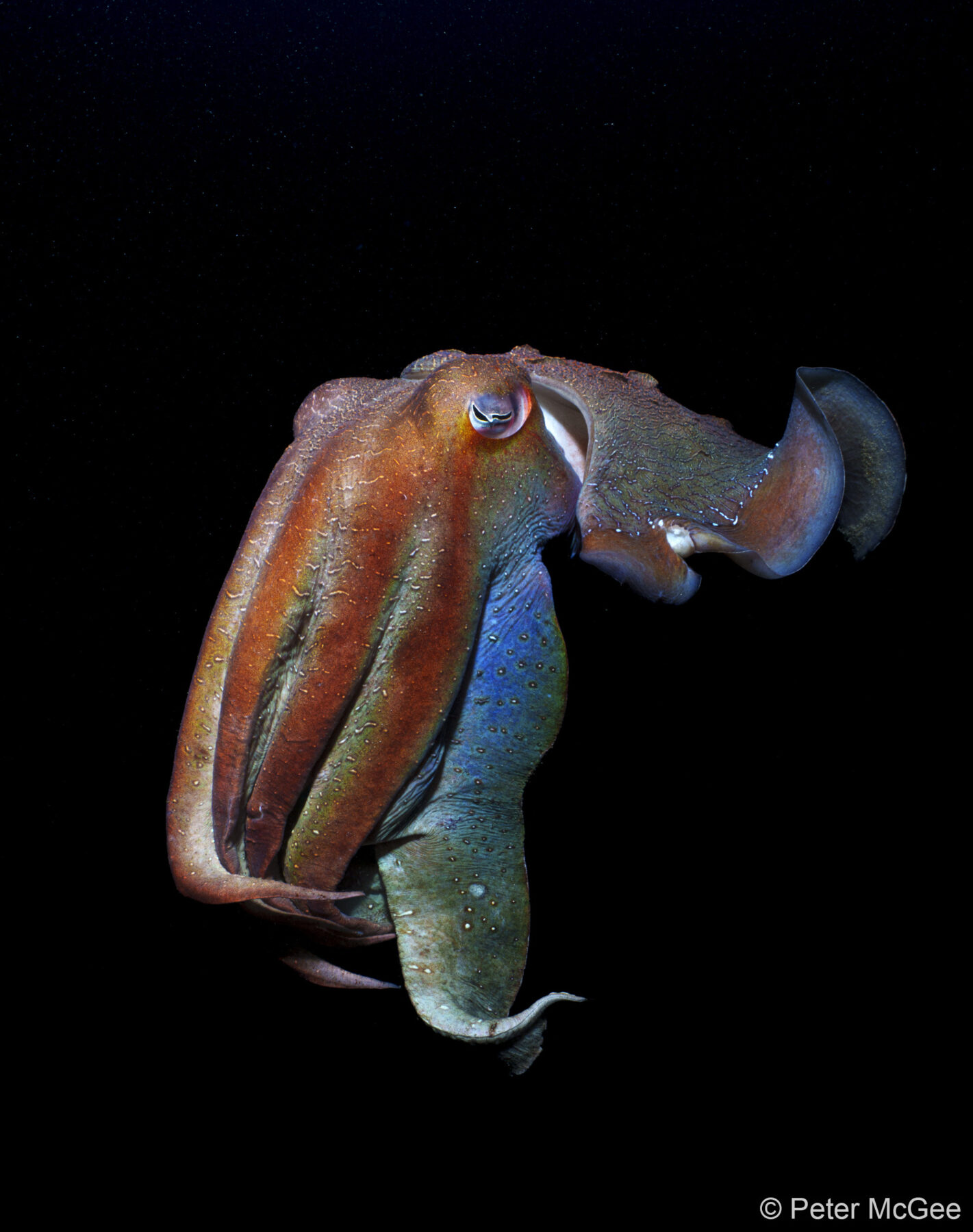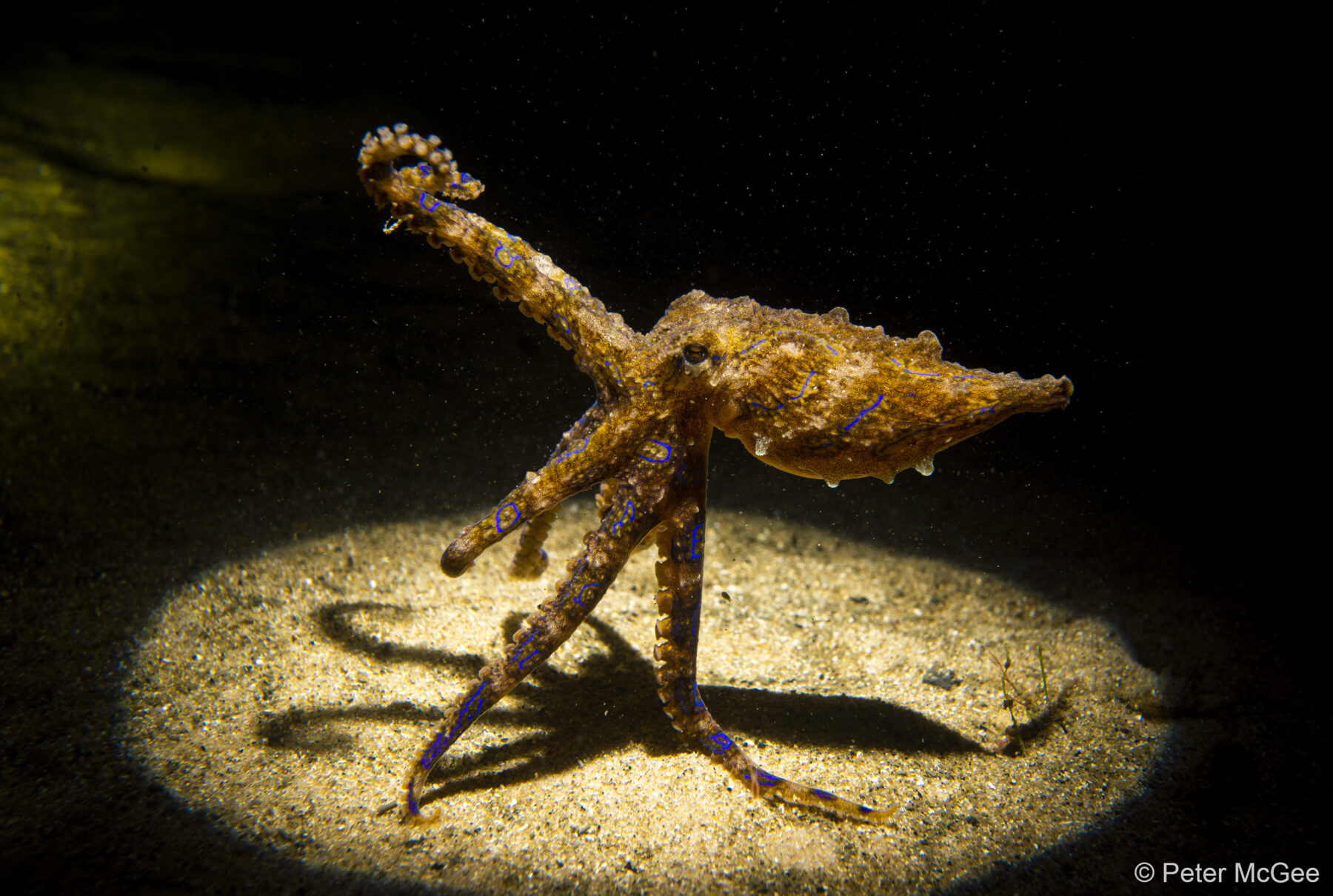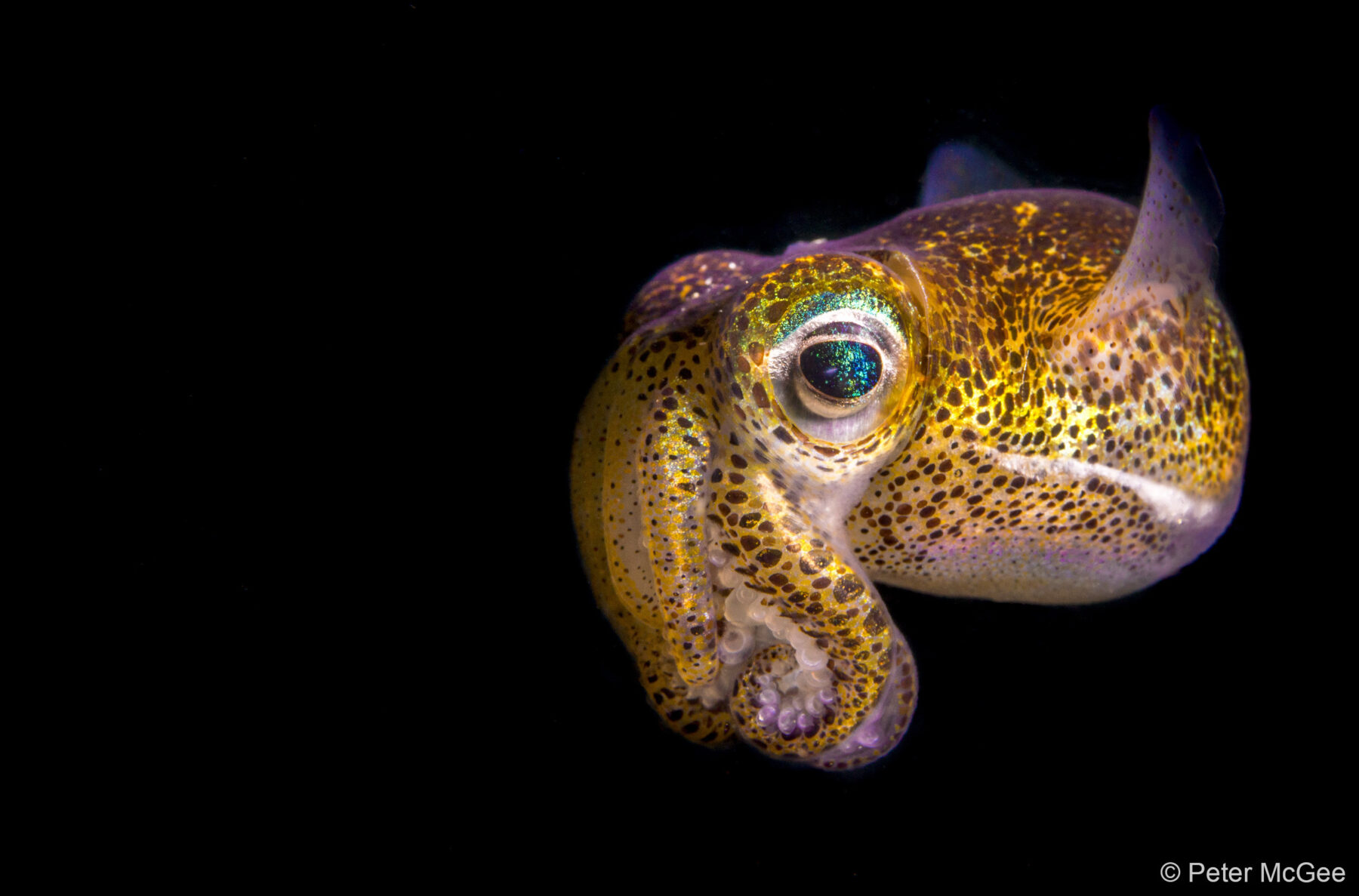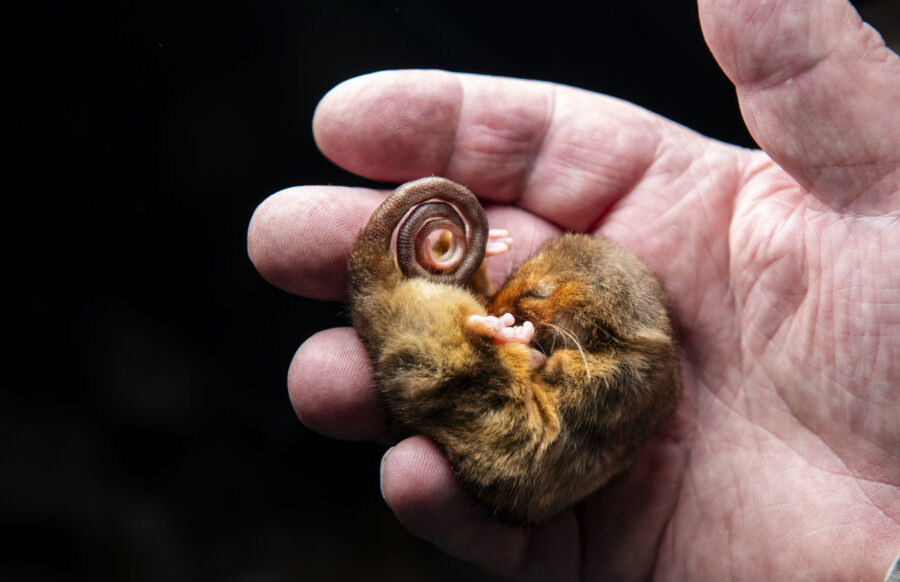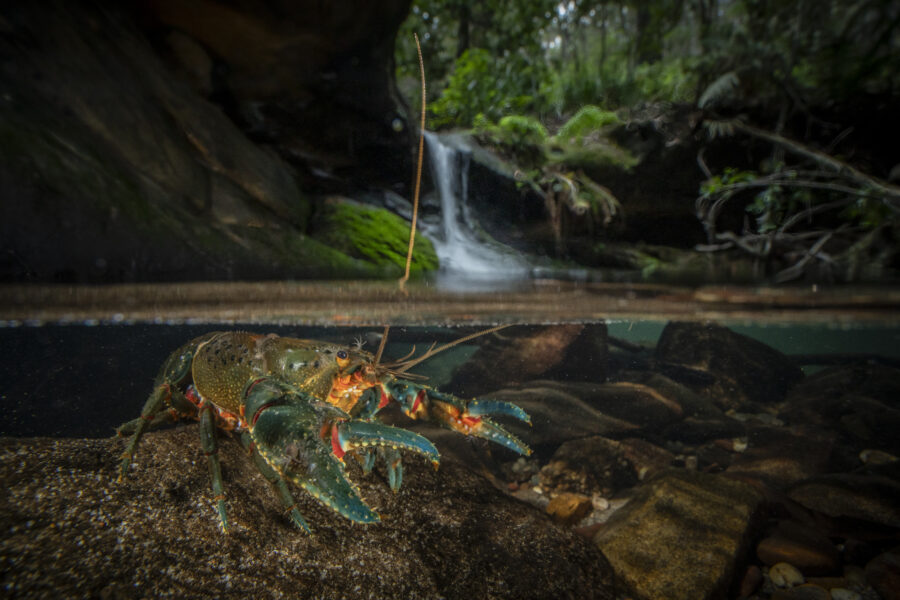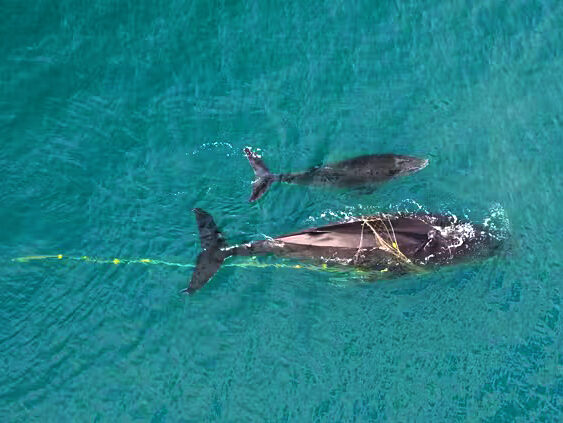Nature is constantly in transition – perhaps more so now than ever before in human history. Thanks to its longevity, the Australian Geographic Nature Photographer of the Year (AGNPOTY) competition provides a unique chance to reflect meaningfully on recent change in our part of the world.
Owned by the South Australian Museum and produced in partnership with Australian Geographic, the competition has been running for 22 years and sets the standard for photographers in this genre. It creates a powerful catalogue of the shifting environments across Australia, New Zealand, Antarctica and New Guinea.
During this time there have been countless natural discoveries and losses. AGNPOTY has documented many of these changes. But what has remained consistent is the quality of the imagery, which was as high in this year’s competition as it has ever been. It presented our expert judges – Scott Portelli, David Stowe and Jasmine Vink – with an immensely tough job.
Advancing technology has expanded available perspectives, as is showcased in Ross Gudgeon’s competition-winning image: an inside-out view of cauliflower soft coral, captured using an underwater probe lens. Our 2025 judges also noted an increasingly sophisticated use of camera trap photography, like that used for Etienne Littlefair’s image of a ghost bat mid-flight.
But while technological and moral considerations around photography shift, certain key elements of the medium endure. Good photography is about quality of vision. This is evident in simple, accessible moments that speak in layers: birds resting on a streetlight, which bring to mind issues around light pollution (Junior category winner Isabella Rogers), or a common garden skink trapped in a brick wall (Our Impact category winner Sara Corlis). Isabella’s description of being out with her camera before sunrise, grappling with failure, will resonate with anyone who has seriously attempted photography. The dedication required to sit with and push through nothingness to find an award-winning image is a critical ingredient of photographic excellence.
Even before picking up a camera, good photographers can conceive ideas that intrigue – as Portfolio category winner Peter McGee demonstrates in his remarkable portraits of Sydney cephalopods living as unseen neighbours in Australia’s most densely populated city.
Many of the species and natural phenomena depicted are striking in any given moment, but truly exceptional photography happens in unlikely or fleeting combinations, interactions and behaviours – moments that are difficult to see, let alone capture. Take, for example, thousands of spider crabs forming a backdrop to a Port Jackson shark (Animals in Nature category winner Charles Davis), or Macro category winner Talia Greis’s image of a paper nautilus riding a passing jellyfish.
In any category, good nature photography is about being patient, and present, to witness the natural world. Our 2025 winners share a curiosity to understand behaviours outside of human experience, and a rare ability to capture both nature’s power and its vulnerability. They deserve our highest praise.
Overall Winner
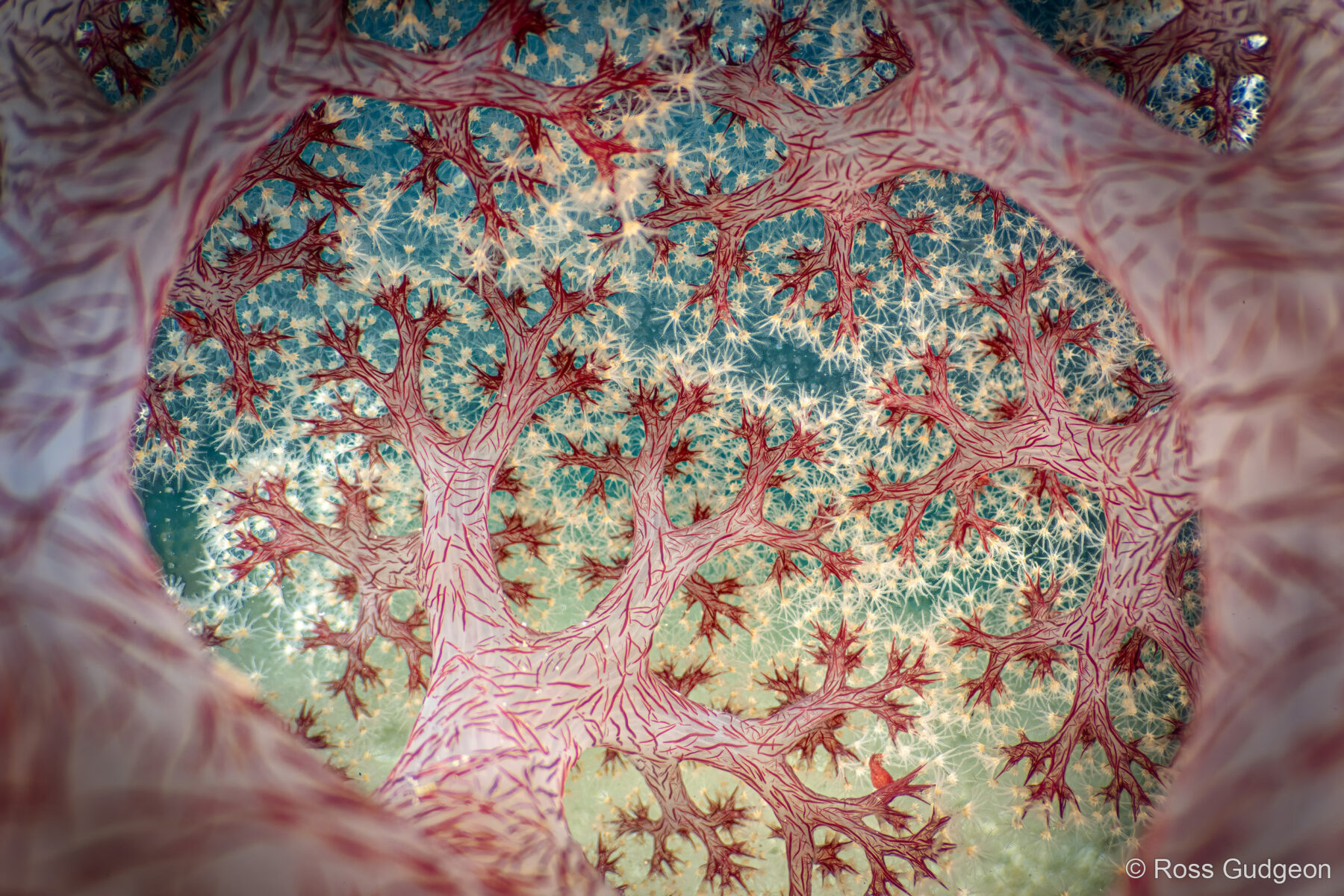
Fractal Forest – Ross Gudgeon, Western Australia
Cauliflower soft coral (Dendronephthya sp.
Lembeh Strait, North Sulawesi, Indonesia
Inside-out view of a cauliflower soft coral. Named for its characteristic appearance that resembles a cauliflower, with numerous small, rounded, bump-like polyps that give it a puffy texture. This unique perspective was made possible by the Nauticam EMWL, an underwater version of the probe or insect eye lens.
Sony A7RIV, Sony FE 90mm f/2.8 Macro G OSS with Nauticam EMWL wet lens, 1/100, f/9, ISO 400, 2 x Retra Pro flashes, handheld
Judges’ comments: This is an exceptional photograph that skews perception and leaves us questioning reality. Giving us a unique perspective on coral, the photographer takes us out of the marine habitat into a whole new world. There’s nothing fake here, but still we ponder, is this nature or a painting?
Threatened Species Winner

Red Dawn – Etienne Littlefair, Northern Territory
Ghost bat (Macroderma gigas)
Conservation status: Vulnerable
Wagiman Country, Adelaide River Hills, Northern Territory
Ghost bats are rare and elusive, with strict roost requirements. After years studying these nocturnal predators with thermal optics, I’ve discovered a handful of regularly frequented locations in the escarpment surrounding my home. This image was captured on 1 January 2025 – an incredible way to usher in the New Year.
Nikon D850, Nikkor 24–70mm f/2.8 E ED VR, 12, f/16, ISO 500, 7 x Godox TT685II flashes, tripod, Cognisys Sabre LiDAR trigger used for camera and flashguns
Judges’ comments: This is a technically challenging and well-executed capture. The composition is excellent and fantastic exposure has allowed the pre-dawn light to be retained, giving time and place to the image.
Animals in Nature Winner

PJ and Crabs – Charles Davis, New South Wales
Port Jackson shark (Heterodontus portusjacksoni)
Nairm / Port Phillip Bay, Victoria
Each year, on the full moon, tens of thousands of spider crabs gather to shed their shells. At this time, they become soft and vulnerable to predation from sharks and large rays, so they bunch up in epic numbers to protect themselves. This Port Jackson shark was cruising over the hoard.
Nikon Z9, Nikon 14–24mm f/2.8 S, 1/320, f/8, ISO 5600
Judges’ comments: A unique moment seeing the predator strafing over its prey. Pronounced textural differences resonate in the subdued colour palette, encouraging the eye to explore the scene before returning to the shark again and again.
Aerial Winner

Jabiru Leaf – Charles Davis, New South Wales
Black-necked stork (Ephippiorhynchus asiaticus)
Balanggarra land, Wyndham, Western Australia
This is not a dead leaf; it is a result of massive tides retreating over mudflats. I thought of a dead tree and a bird as we flew over the flats in the chopper. As this black-necked stork flew towards the drainage, we banked hard just in time to capture them together.
Nikon Z9, Nikon 24–200mm f/6.3, 1/1600, f/8, ISO 800
Judges’ comments: Beyond tricking the eye, this is a beautiful, subtle composition that reveals landscape, texture and inhabitants. The photographer has shown impeccable timing to include the stork.
Macro Winner
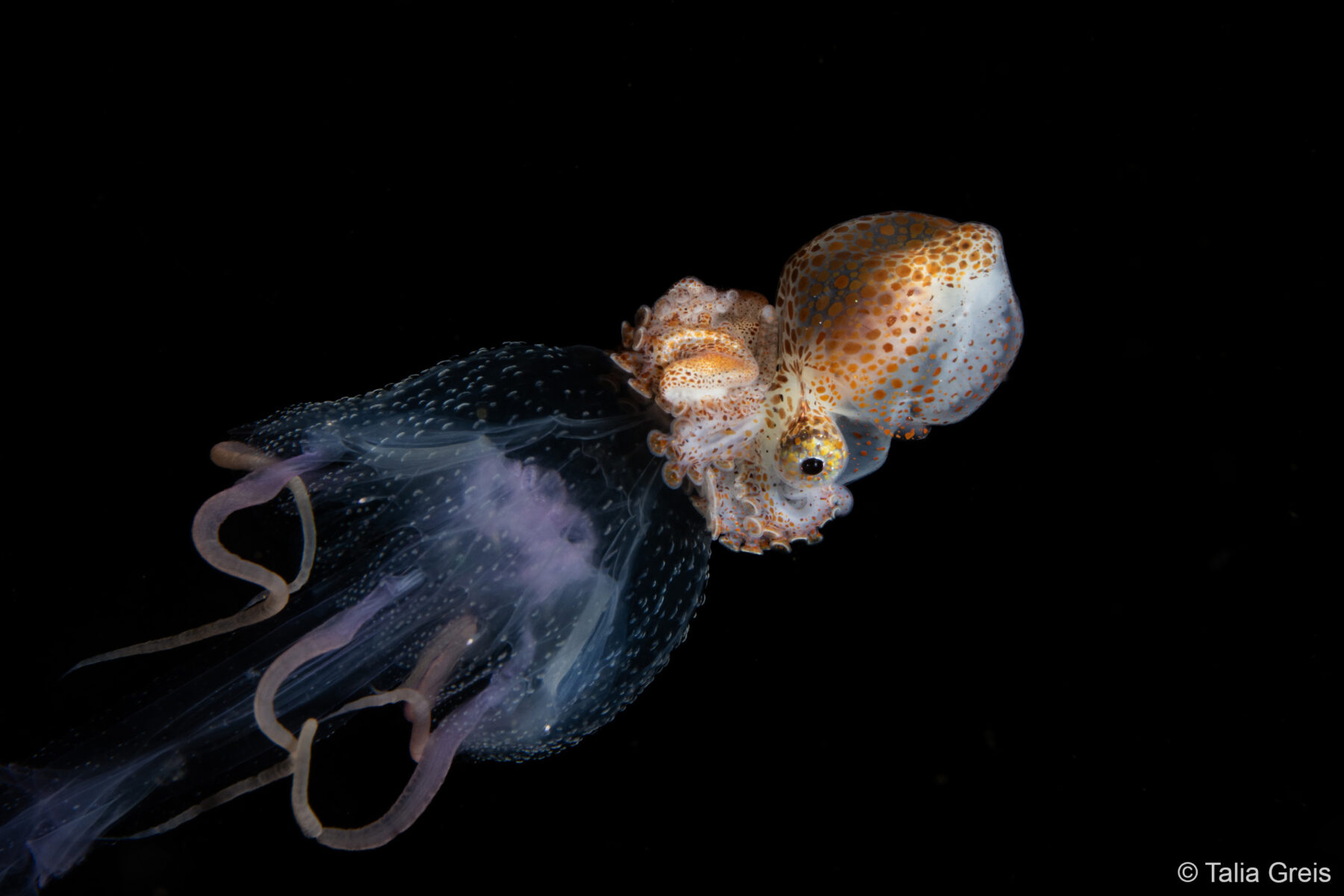
Liftoff – Talia Greis, New South Wales
Paper nautilus (Argonauta sp.)
Jellyfish (Pelagia noctiluca)
Lembeh Strait, North Sulawesi
Vertical migrations are some of the most remarkable in the world. Billions of animals hide in deep waters then travel to the surface at night to feed under the cover of darkness. This paper nautilus hitched a ride on a passing jellyfish – a truly unique and magical encounter on one of the world’s greatest vertical currents.
Sony A1, Sony 90mm macro, 1/250, f/18, ISO 200, 2 x Inon Z330 strobe, Isotta housing
Judges’ comments: Technically hard to capture and nicely composed, the photographer has documented charismatic and interesting behaviour with exceptional lighting.
Astrophotography Winner
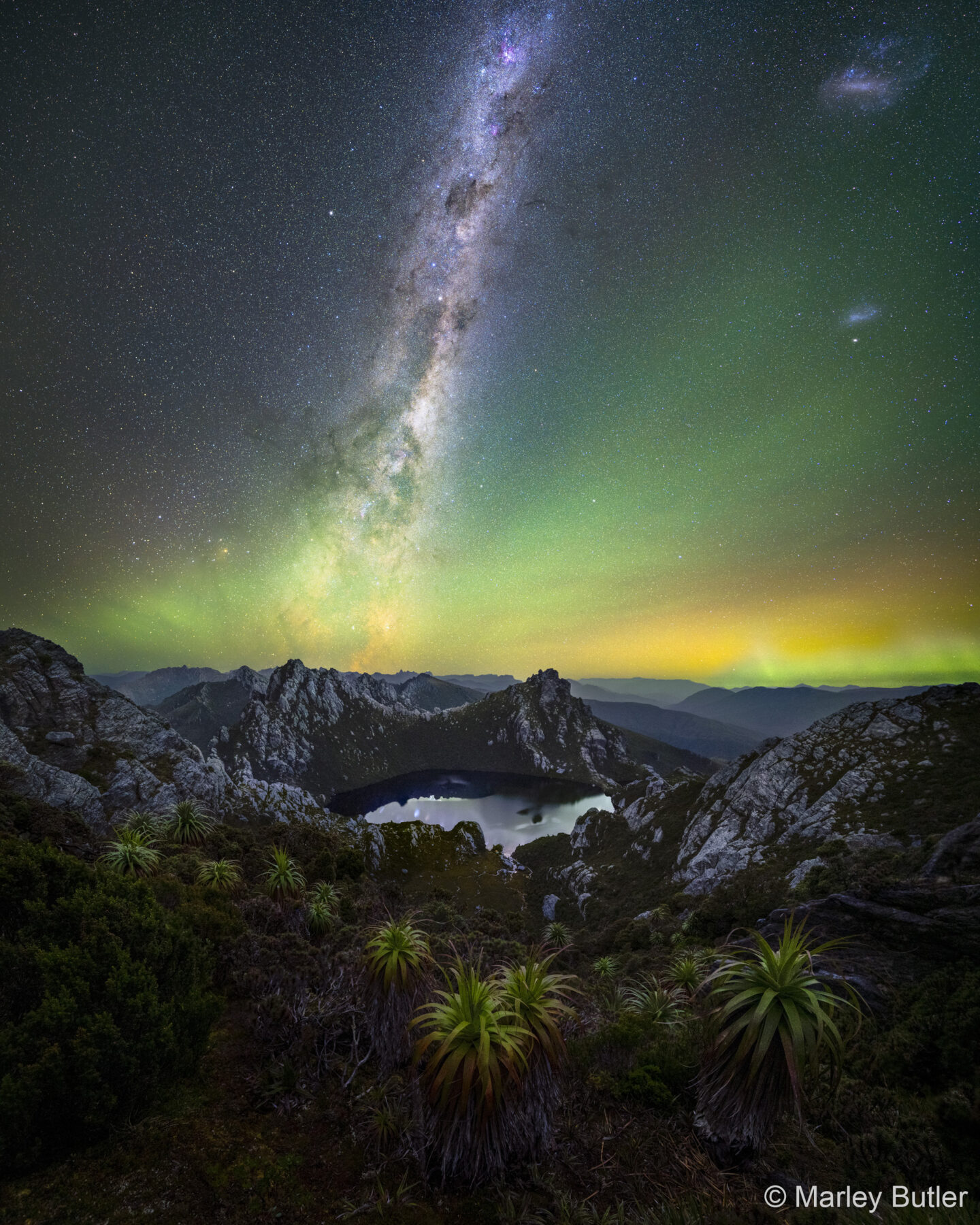
Oberon Kenobi – Marley Butler, Western Australia
Loinnekumme Country, Southwest National Park, Tasmania
An amphitheatre of pandani watch on as the galactic core, swathed in airglow, rises over an alpine lake, nestled in a rugged Tassie mountain range. Lady Aurora dances under the Magellanic Clouds. This image was captured on a crisp night in one of Tasmania’s more rugged and majestic multi-day walks.
Sony A7 RIII, Sony 14mm f/1.8 GM, 240, f/2.2, ISO 2000, tripod, focus stacked and sigma stack NR
Judges’ comments: An oft-photographed scene captured in unique conditions. The colour palette of landscape mirrored in the aurora is stunning.
Our Impact Winner

Skink in a Tight Spot – Sara Corlis, New South Wales
Common garden skink (Lampropholis guichenoti)
Gadigal Country, Sydney, New South Wales
Discovered in a brick wall at home, a small garden skink was trapped in a hole. I felt helpless as the lizard thrashed its body from side to side in an attempt to escape. Thankfully, it was eventually able to get itself free.
Canon R5 Mk II, RF 100–500mm f4.5–7.1 L IS USM, 1/500, f/8, ISO 4000, handheld
Judges’ comments: Direct eye contact and the trapped skink’s bulging stomach grab the attention, the colour palette and physical elements working harmoniously to highlight the tense and precarious situation. An uncomfortable moment captured beautifully.
Landscape Winner
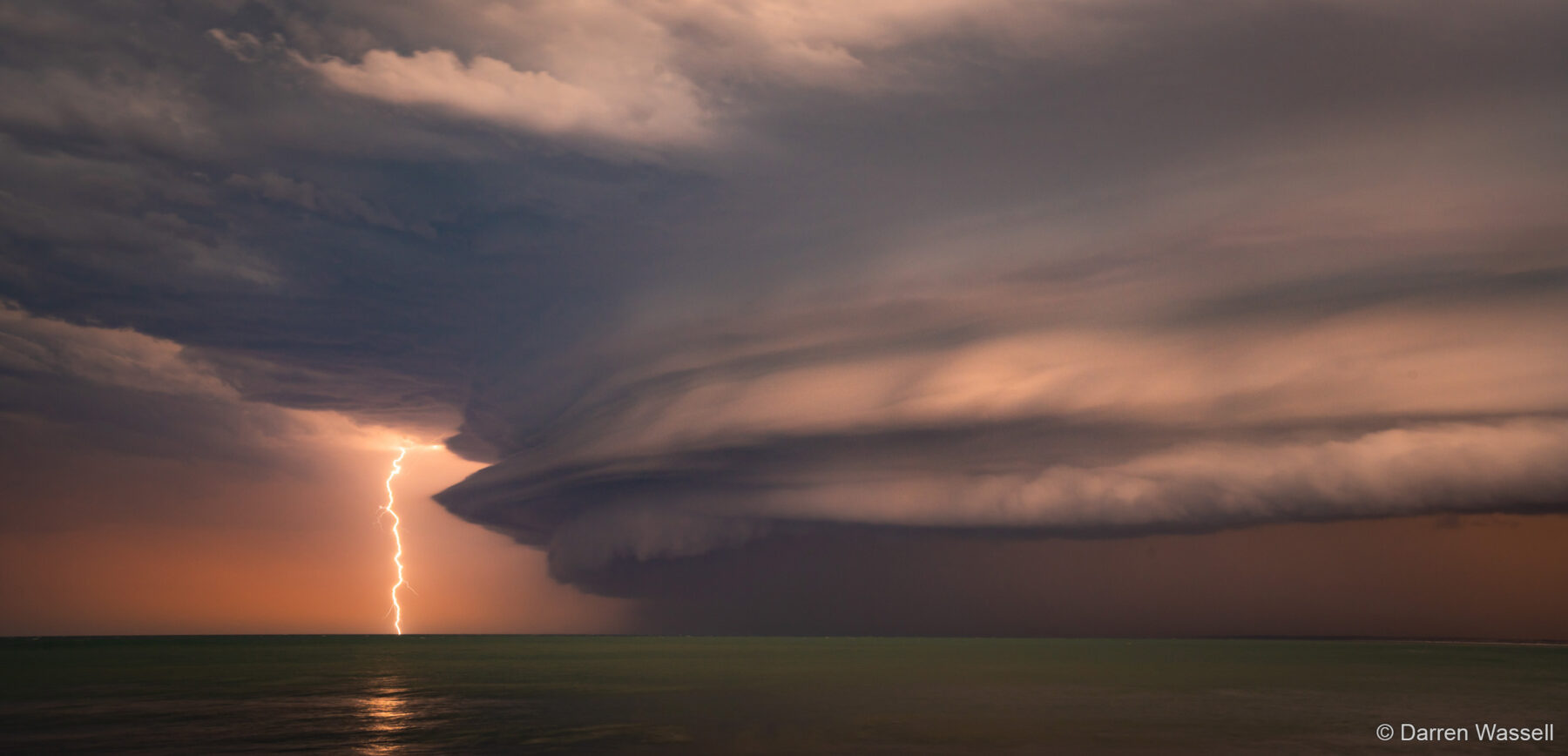
The Beast – Darren Wassell, Queensland
Kabi Kabi Country, Kings Beach, Queensland
I love the raw power and beauty of storms. Watching this severe storm making its way to me, I was filled with excitement and anticipation. To capture the only CG (cloud-to-ground) bolt to come from this amazing shelf cloud was absolute bliss. Once again, thank you Mother Nature!
Sony A7IV, 24–105mm G, 1.6, f/13, ISO 100, tripod
Judges’ comments: Expansive yet oppressive, the composition of this image is well executed. Processing is perfectly handled for such a delicate scene. The colour palette is beautiful and timing perfect.
Monochrome Winner

Party Streamer – Rachelle Mackintosh, New South Wales
Orca or killer whale (Orcinus orca)
Noongar Country, Southern Ocean, off Bremer Bay, Western Australia
Orca WA007 joyfully leaps out of the Bremer Canyon after devouring a Cuvier’s beaked whale, her prey’s intestines subtly hanging from her mouth like a festive decoration. Around 300 of these mammal-hunting orcas have been recorded in this remote Southern Ocean hotspot, with unfolding research suggesting they may be their own ecotype.
Canon EOS-1D X Mk II, Canon 100–400mm f/4.5-5.6 IS USM (148mm), 1/5000, f/7.1, ISO 400, handheld
Judges’ comments: We’re struck by the dramatic sky, strong waves and powerful predator, and drawn into the details: entrails dangling, water cascading, the trailing bird. Everything is imposing in this powerful photograph
Junior Winner
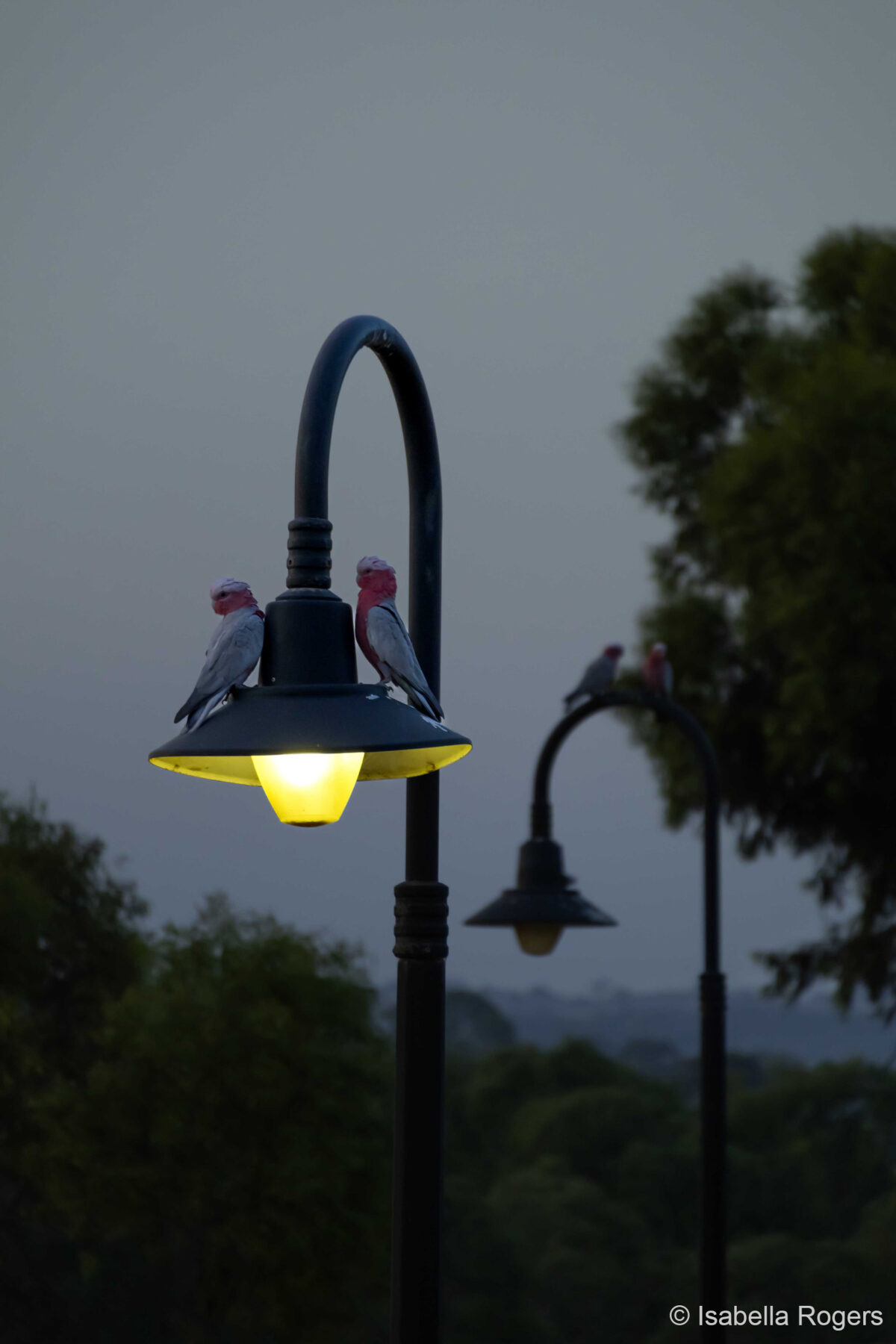
Perched – Isabella Rogers, 17 years old, South Australia
Galah (Eolophus roseicapilla)
Kaurna Country, Adelaide, South Australia
I took this photo during a morning walk in Hewett, South Australia. As I was walking home, a little disappointed with the unsuccessful outcome of my shoot, I saw the two galahs. The light post being turned on in the early morning light helped my subject to stand out.
Canon EOS R10, 210mm, 1/500, f/7.1, ISO 500, handheld
Judges’ comments: Well seen and composed, the photographer has captured a common species in an everyday scene extremely well. There is a wonderful sense of place and time.
Portfolio Winner
Sydney Cephalopod Portraits – Peter McGee, New South Wales
Sydney has incredible marine diversity including numerous species of cephalopods. Each species is able to rapidly change skin colour to communicate or camouflage within its environment. These photos were captured at night (or in low light) when cephalopod are often most active. Lights were used to illuminate vibrant natural colours.
Judges’ comments: An engaging glimpse into the diversity of cephalopod life in the harbour. Each animal has been considered in its own right and photographed with different lighting techniques to superb effect. A great representation of what you can find in our waters.
1. Gloomy Outlook
Gloomy octopus, common Sydney octopus (Octopus tetricus)
Gadigal Country, Sydney
Sony A7RV, 28–60mm and WWL-1Bg, 1/200, f/13, ISO 200, flash, handheld
2. Red Reaper
Red cuttlefish (Sepia mestus)
Gadigal Country, Sydney
Sony NEX7, 50mm macro, 1/160, f/10, ISO 200, flash, handheld
3. Pyjama Reflection
Striped pyjama squid (Sepioloidea lineolata)
Gadigal Country, Sydney
Sony NEX7, 50mm macro, 1/160, f/18, ISO 200, flash, handheld
4. Giant Gladiator
Giant cuttlefish (Sepia apama)
Gadigal Country, Sydney
Sony A7RV, 28–60mm and WWL-1B, 1/100, f/14, ISO 125, flash, handheld
5. Blue-line Dancer
Blue-lined octopus (Hapalochlaena fasciata)
Gadigal Country, Sydney
Sony NEX7, 30mm macro, 1/100, f/18, ISO 200, strobe with shoot, handheld
6. Priscilla
Southern dumpling squid (Euprymna tasmanica)
Gadigal Country, Sydney
Sony NEX7, 50mm macro, 1/160, f/16, ISO 400, flash, handheld
